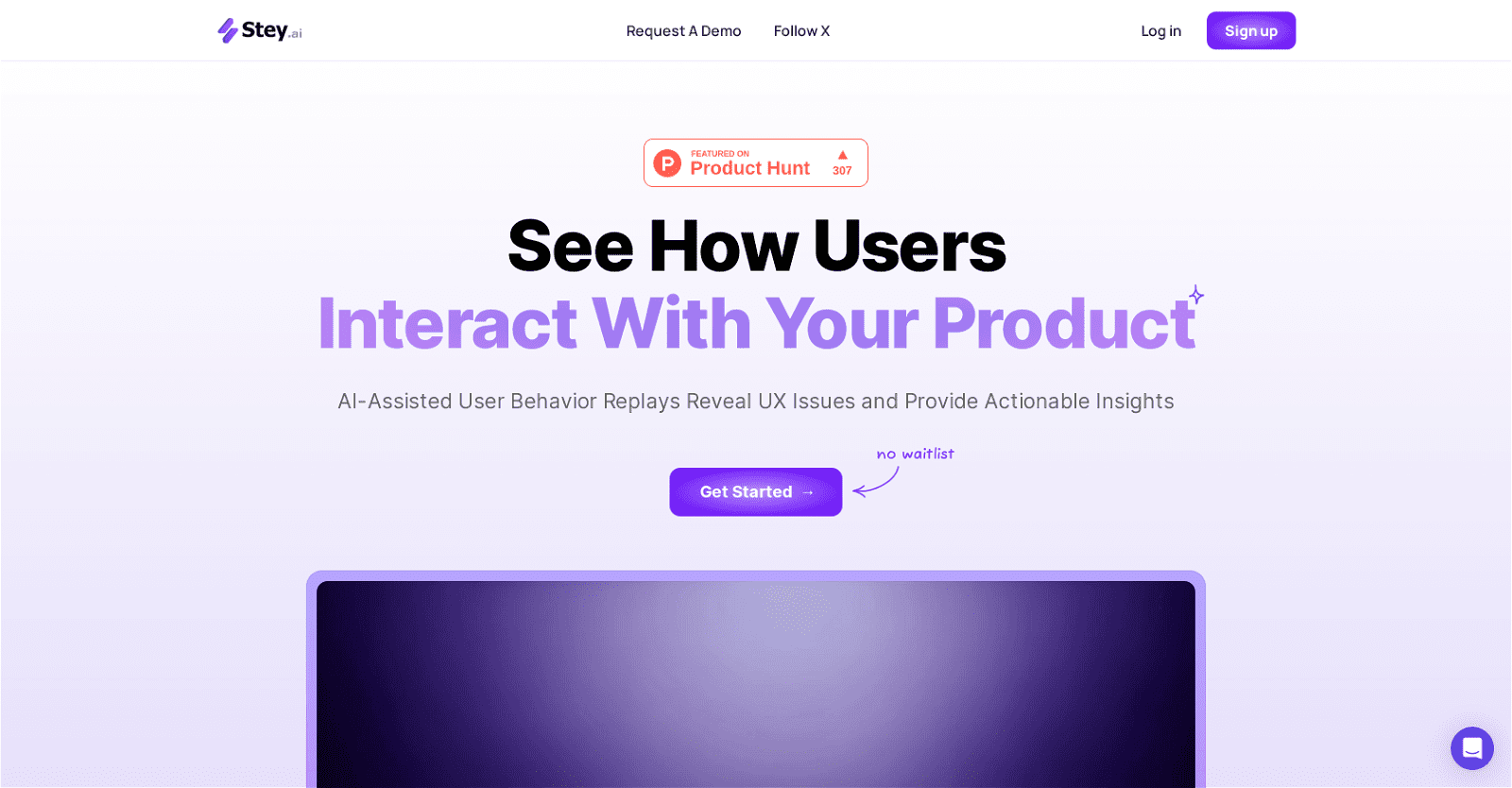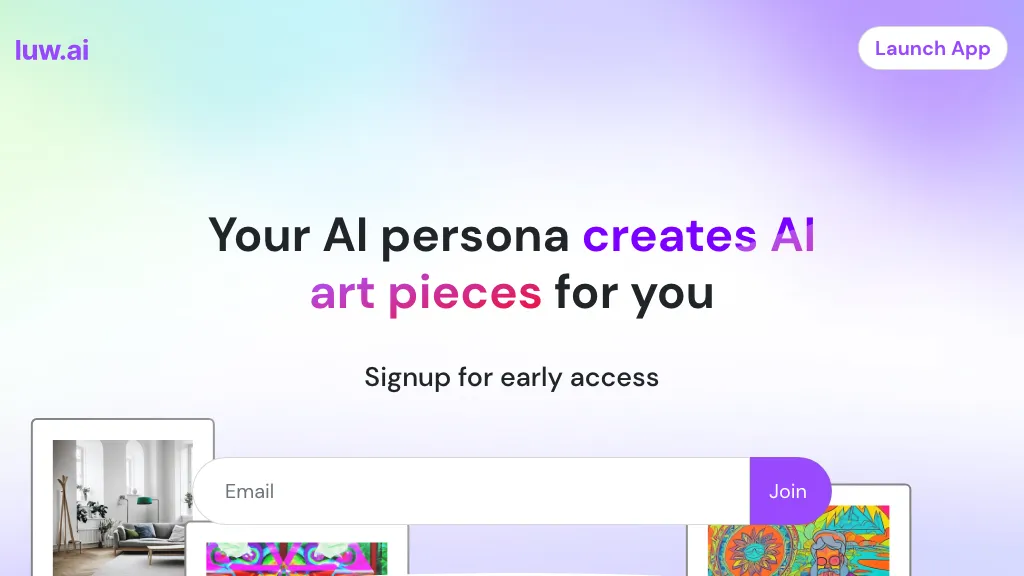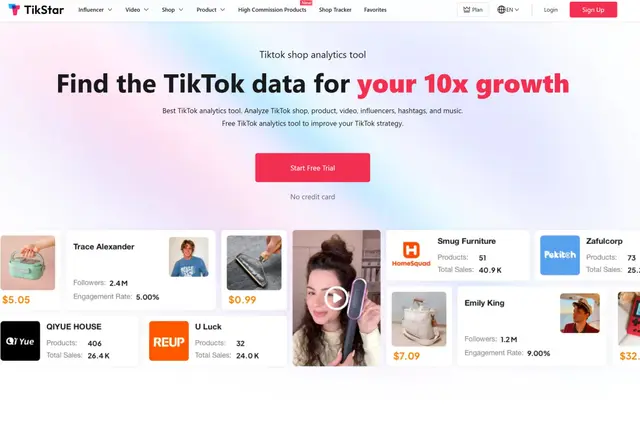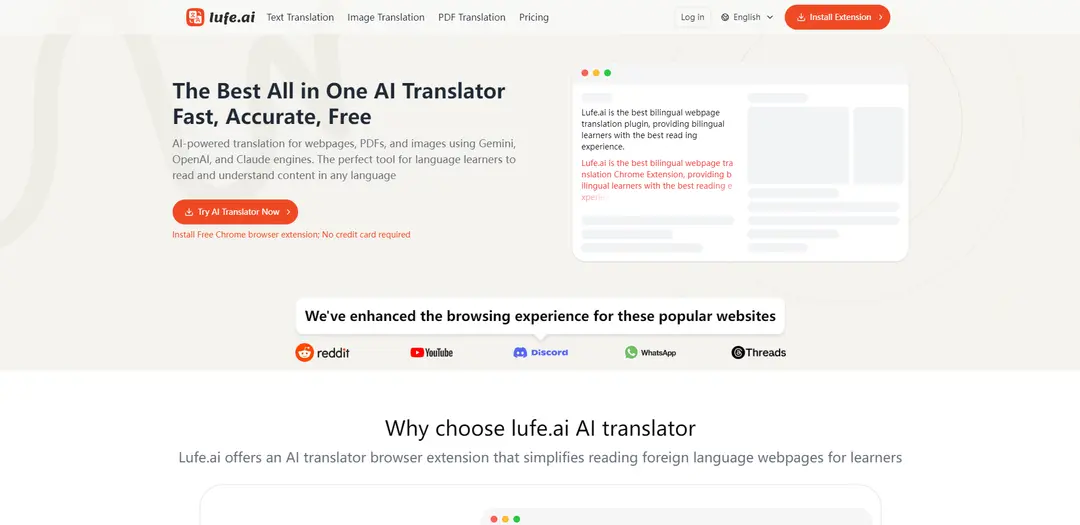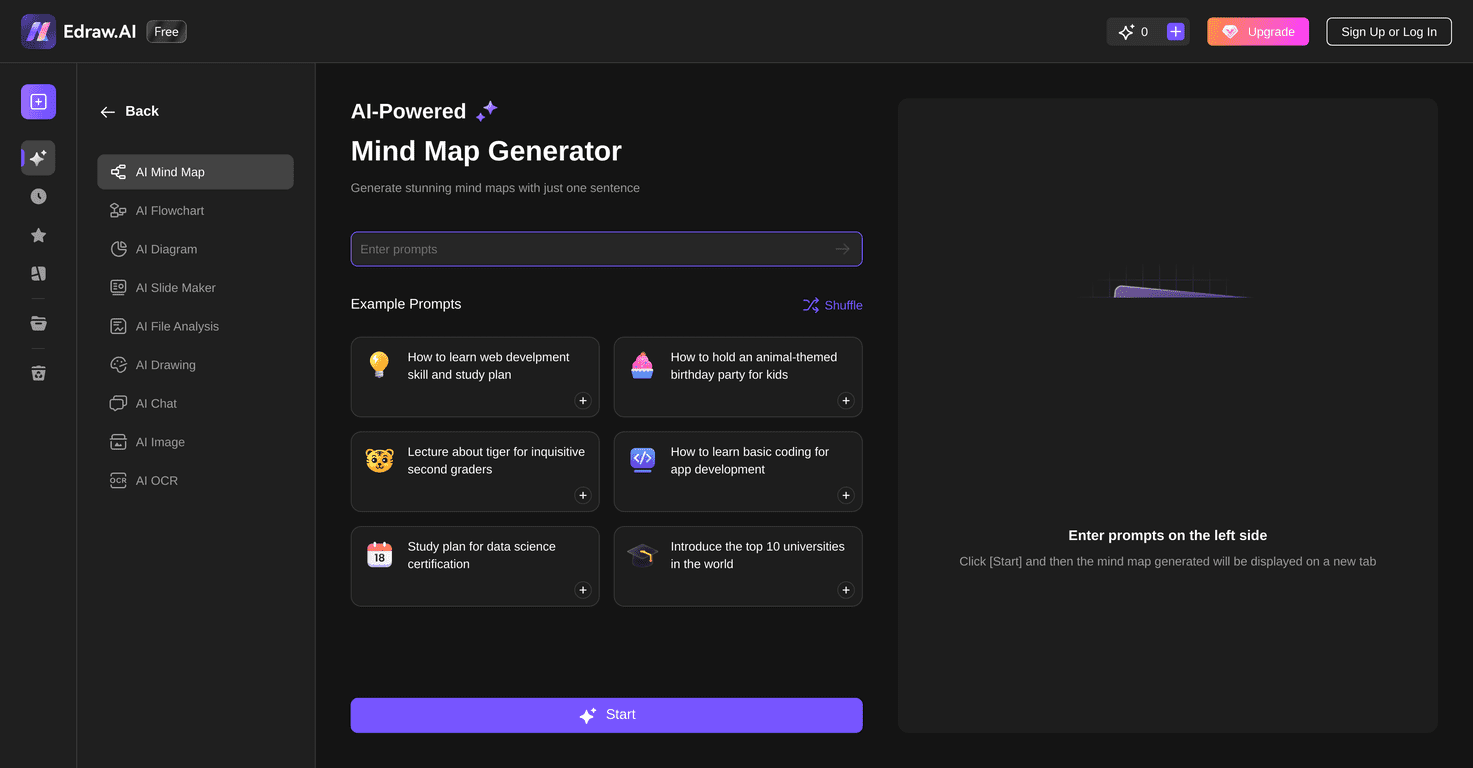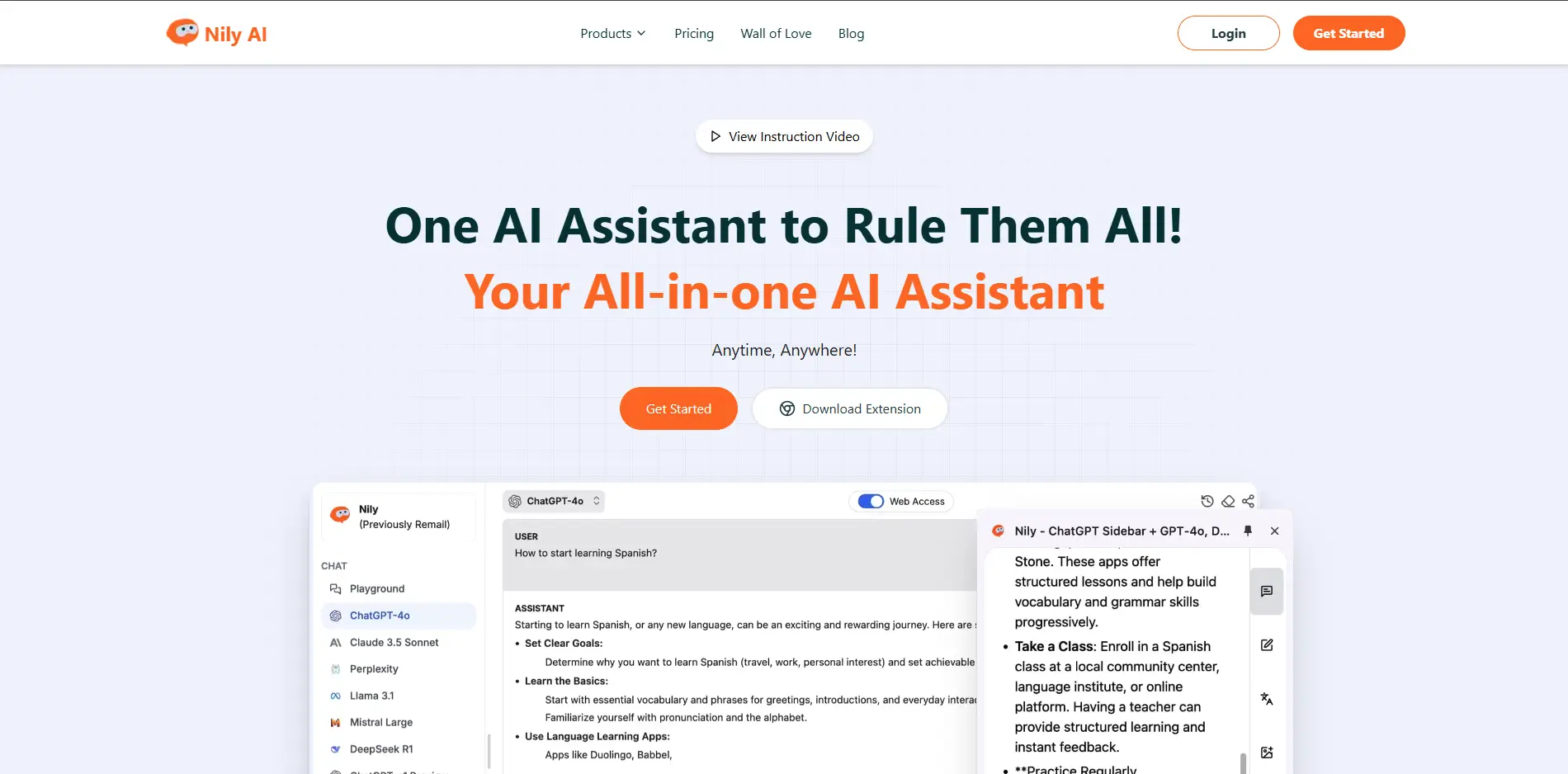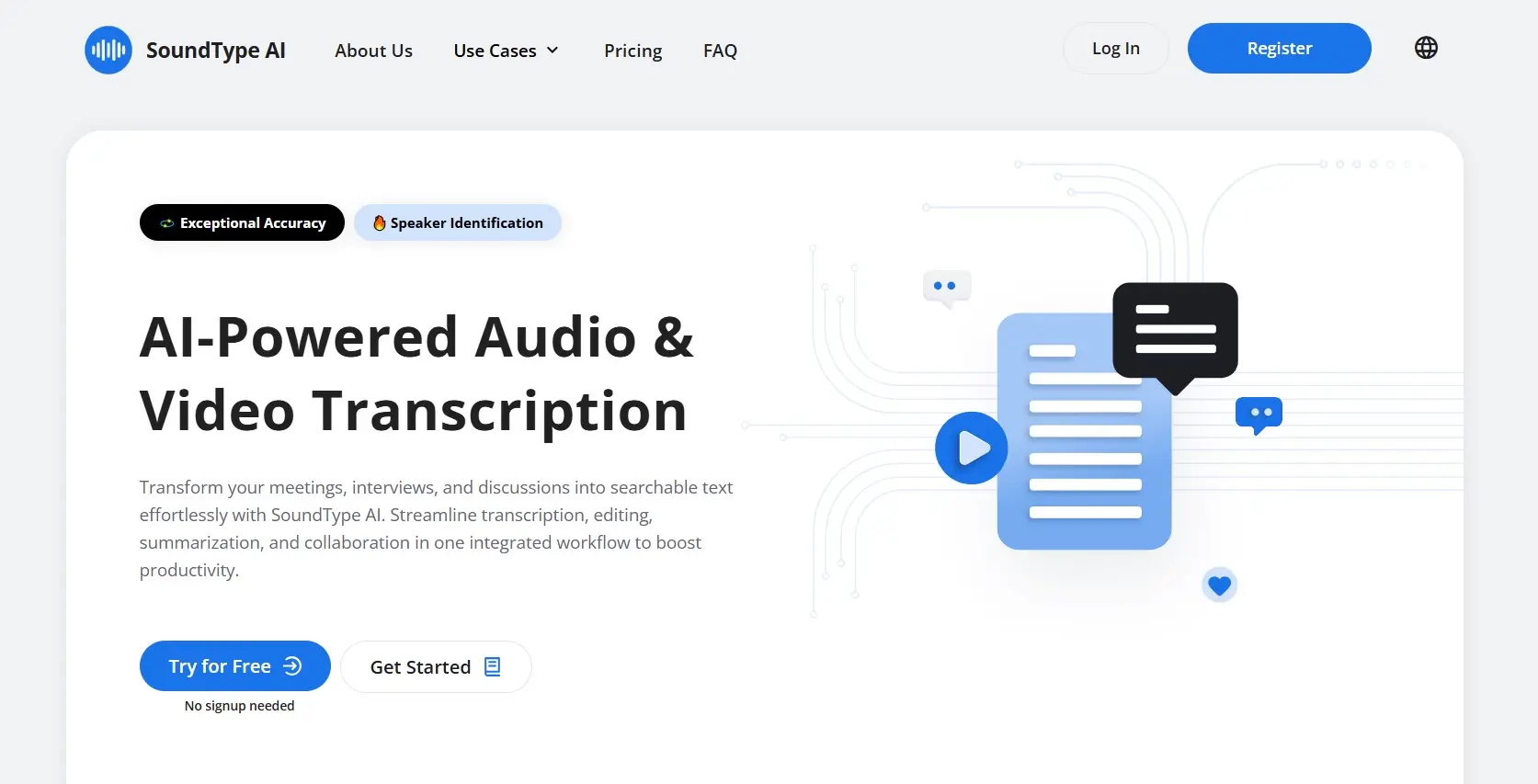Stey is an advanced platform driven by Artificial Intelligence (AI), meticulously crafted to comprehend and interpret user behavior. At its core, Stey offers a unique feature known as user behavior playback, enabling teams to directly observe client interactions with their product.
Distinguishing itself from conventional event tracking data, Stey illuminates the intricacies of user actions, contexts, and intents. It autonomously summarizes pivotal moments within each user session, pinpointing potential UX (User Experience) hurdles and furnishing optimization recommendations.
Furthermore, Stey delivers user behavior analytics, simplifying access to crucial user behavior data through straightforward inquiries, bypassing the need for intricate event tracking configurations.
Equipped with a robust reporting function, Stey autonomously identifies user experience discrepancies through AI-powered big data analysis. These collective functionalities are aimed at elevating the overall customer experience by uncovering UX challenges, furnishing actionable insights, and facilitating the prompt identification and resolution of customer experience issues.
More details about Stey
How does the reporting function in Stey work?
Stey’s reporting feature automatically detects issues with user experience by utilizing AI and big data analytics. These reports assist in quickly identifying and resolving issues related to the user experience and offer direct insight into these concerns.
How does Stey ensure customer experience optimization?
Stey provides actionable insights based on user behavior research and UX issue detection to ensure customer experience optimization. The product teams are guided in making the necessary adjustments and improvements to their product to improve the user experience by these insights derived by AI analytics.
How does Stey summarize key moments in each user session?
Stey automatically summarises the most important parts of each user experience using AI capabilities. This summary actively compiles these significant occurrences into an informative user experience report, going beyond merely monitoring clicks or activities.
How does Stey highlight UX issues and offers suggestions for optimization?
In the course of each session’s automated summaries, Stey employs AI to draw attention to UX problems. Important events are emphasized, and any possible UX problems are also mentioned. Stey suggests optimization strategies to address these problems based on the difficulties found.
